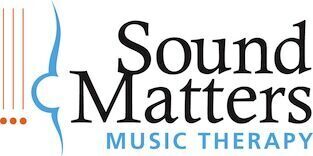On Mondays, I will be writing up a short, non-academic review of an article I’ve found interesting. These articles will be taken from music therapy literature.
Today I read a piece by Blythe LaGasse, Ph.D., MT-BC, Assistant Professor of Music Therapy at Colorado State University. This article appeared in imagine, the online magazine published by American Music Therapy Association.
“Research Snapshots 2011: Music and Early Childhood Development”
imagine | 2 (1) 2011
I haven’t explored imagine probably as much as I should, so I was happy to find a reason to do so today. I have been working in early intervention for a few weeks now and am finding that my methods are evolving. I am also noticing that the one-year-olds I see on a weekly basis seem to be really attuned to some rhythmic qualities of the experiences, much more so than I anticipate going into the class. Many times I’ve picked up my guitar with a movement song in my head and thought, “Maybe I can promote a little bit of movement with this.” As many times as I’ve thought that, I’ve been surprised by the dancing that happens by those same one-year-olds.
One question LaGasse poses in the article is, “… [A]re we hard-wired … for music engagement?” (pg. 29).
Two answers to that question are:
- Infants moved their heads with classical music but not with random sounds (pg. 29),
- Infants moved significantly more with rhythm or music than they did with speech (pg. 29).
One excerpt from the article that I particularly enjoyed is as follows:
“… [R]esearchers found that children engaged in an arts-enriched preschool (early learning, music, visual arts, and creative movement) improved in language, literacy, mathematics, and science skills, regardless of ethnicity and economic disadvantage. This growth was in comparison with another ‘high quality’ preschool, suggesting that an art-focused program can enhance early learning goals” (pg. 29).
I began my music instruction at the age of two. I wonder what kind of adult I’d be today if I hadn’t begun so young (or at all)!

